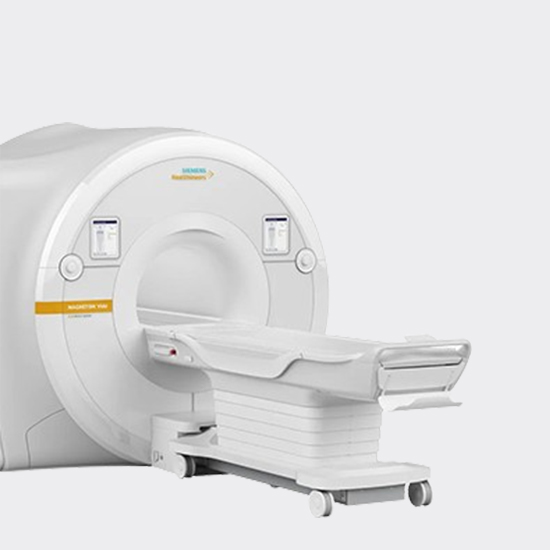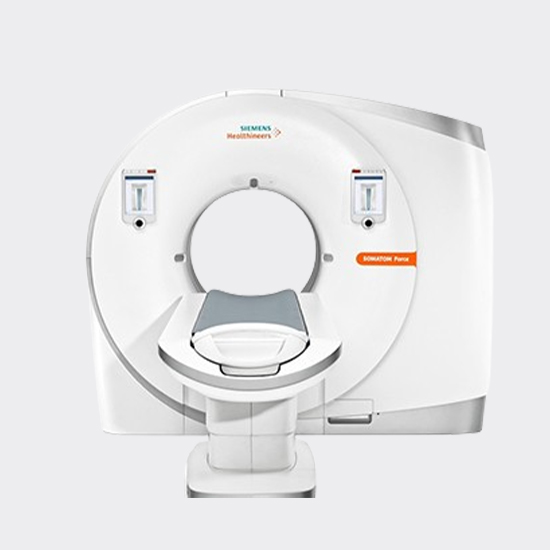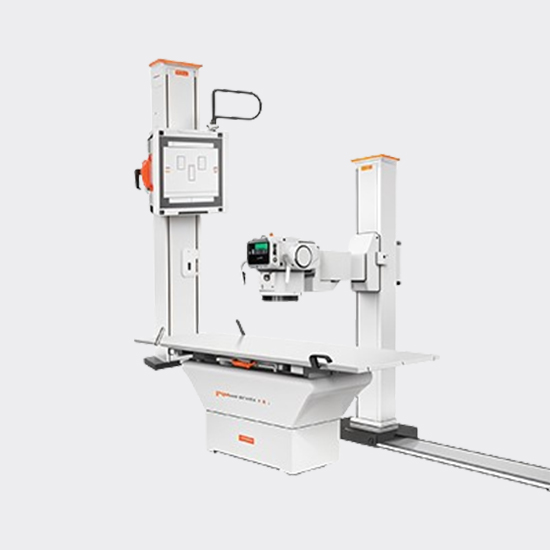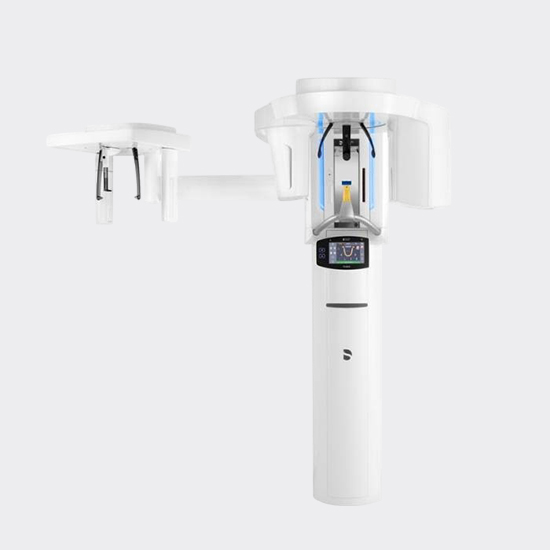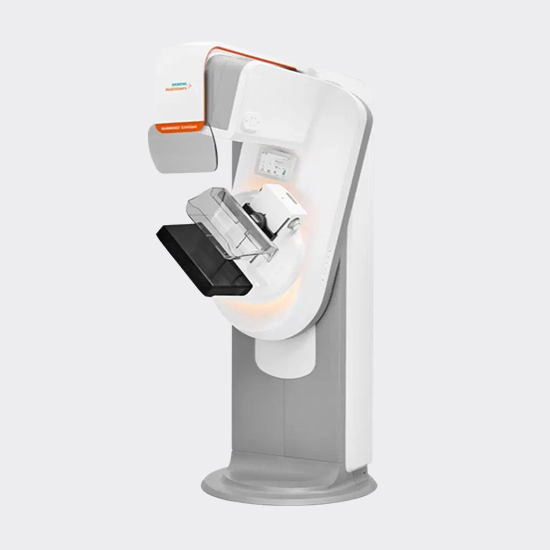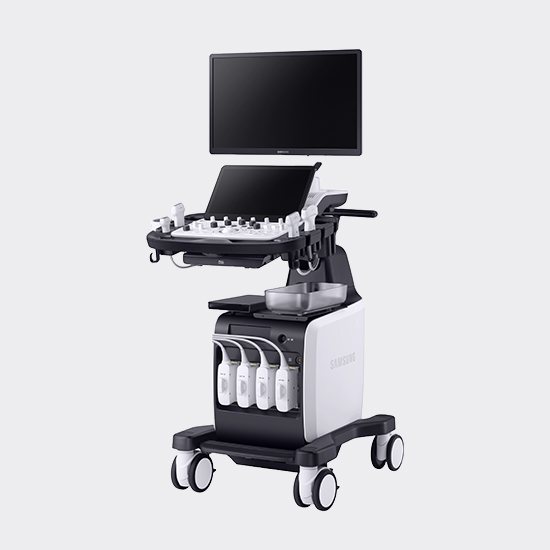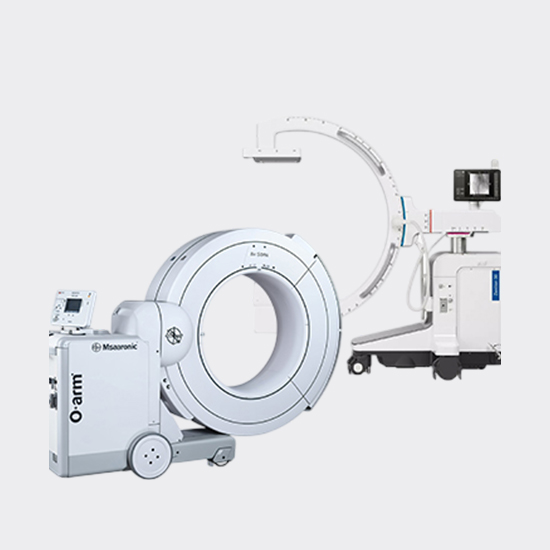What is the Difference Between Radiology and Interventional Radiology?
The key difference between radiology and interventional radiology (IR) is the purpose of the imaging.
Radiology focuses on diagnosis using machines using imaging tools like X-rays and MRIs to help doctors see what’s wrong.
Interventional radiology goes a step further as it not only diagnoses, but also treats them using minimally invasive methods, guided by imaging. Examples include inserting catheters or performing biopsies, all without the need for major surgery.
What Conditions Can Interventional Radiology Treat?
Interventional radiology (IR) offers minimally invasive procedures that effectively treat a wide range of medical conditions, providing alternatives to traditional surgery. Some of the conditions it can treat include:
- Vascular Conditions
IR can address blocked arteries, aneurysms, and varicose veins through techniques such as stenting and embolisation.
- Cancer Treatments
Certain cancers, such as liver tumours, can also be treated with IR, using methods like tumour ablation and chemoembolization.
- Kidney and Urological Issues
Medical conditions like kidney stones, an enlarged prostate, and liver disease can be managed with procedures like drainage, stent placement, or embolization.
- Gynaecological Issues
For gynaecological concerns, such as fibroids, IR offers effective treatment through uterine embolization.
- Spinal and Orthopaedic Problems
IR can be used to treat spinal fractures and other orthopaedic conditions, offering a non-surgical approach to healing.
Compared to traditional surgery, interventional radiology provides highly effective treatments with smaller incisions, fewer risks, and faster recovery times, making it an ideal choice for many patients.
Do I Need to go for Multiple Sessions of Interventional Radiology?
The number of sessions required for interventional radiology (IR) procedures depends on the specific condition being treated, the type of procedure performed, and how the patient responds to treatment.
In most cases, only one session is needed, but there are certain situations where multiple sessions may be necessary.
What Are the Risks or Potential Complications of Interventional Procedures?
Interventional radiology (IR) procedures are generally safe, but like any medical treatment, they carry some risks. These include:
- Infection
- Bleeding
- Blood clots
- Allergic reactions
- Damage to nearby organs or tissues
- Radiation exposure
- Nerve injury and post-procdure pain
- Condition recurrence
- Anesthesia-related risks
Despite these risks, complications are uncommon in IR procedures, and your healthcare team takes comprehensive steps to minimise these risks and ensure your safety.
Do I Need Someone to Drive Me Home After an Interventional Radiology Procedure?
Yes, it is generally recommended to arrange for someone to drive you home after an interventional radiology (IR) procedure.
Depending on the type of procedure and sedation used, you may feel drowsy, dizzy, or unwell afterward.
Even if only local anesthesia is administered, mild discomfort or side effects could still affect your ability to drive.
For procedures involving sedation or general anesthesia,having someone accompany you is especially important, as these can impair your coordination and alertness.
Your healthcare team will provide specific instructions based on the procedure and your individual condition.
How Long is the Recovery Period After an Interventional Radiology Procedure?
Recovery after an interventional radiology (IR) procedure is generally shorter than traditional surgery, because these are minimally invasive procedures. Most patients can return home the same day, though you may need someone to drive you if sedation was used.
In the first 1–2 days, you may experience mild pain or discomfort at the insertion site.
It's important to avoid strenuous activities to allow proper healing.
